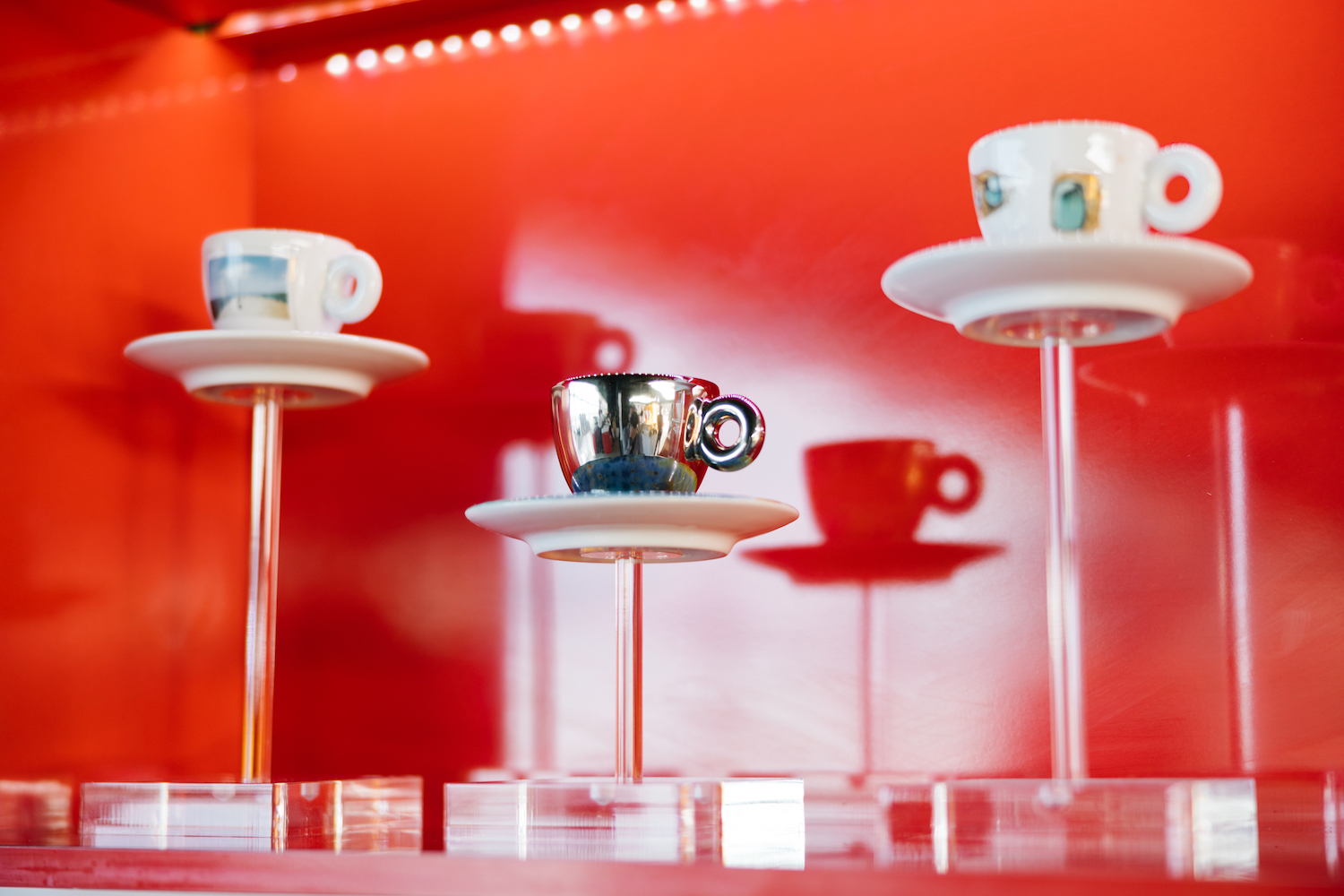Carlo Traglio’s interest in fine jewelry was sparked by the creations of Peter Carl Fabergé early on. Before studying law, he learned the craft for a year with the Italian jeweler Frattini. For years, however, he worked at his family business while continuing to draw designs for precious stones and fine metals. During that time, his interest in the arts led him to cultivate a collection of modern and contemporary works by Italian and international artists. Ultimately, in 2001, his passion became his dream day job, when he took over as president of the Italian jewelry house Vhernier. Whitewall spoke with Traglio about the legacy of Italian design, how his collection inspires his creations, and Vhernier’s latest involvement in Artists for Peace and Justice.
WHITEWALL: What drew you to jewelry design?
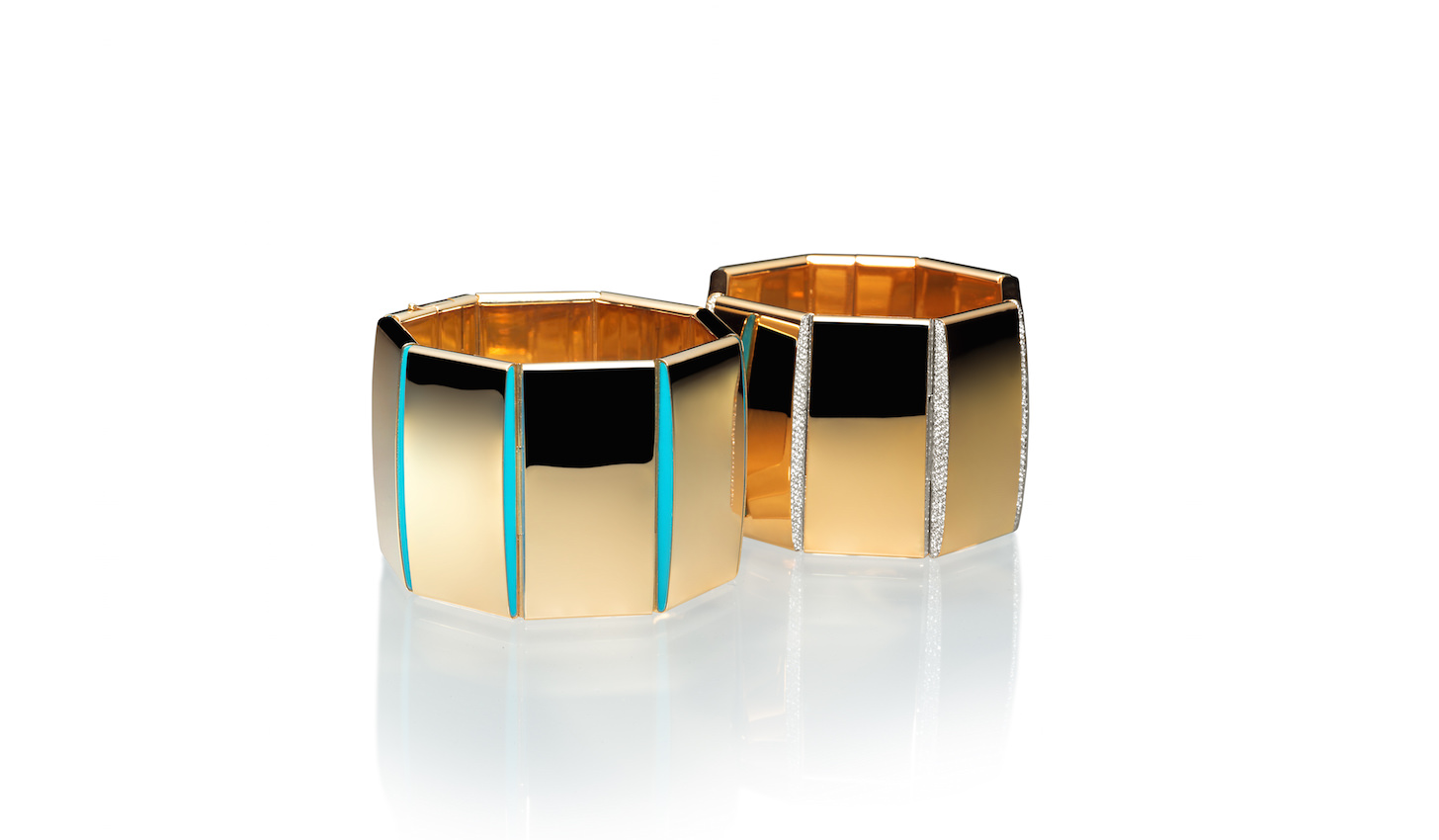
Courtesy of Vhernier.
CARLO TRAGLIO: My unconditional passion for Fabergé, especially his enamels, his animal collection, and his eggs.
WW: Italy is synonymous with design, craftsmanship, culture. For you, what is the legacy, specifically, of Italian jewelry design?
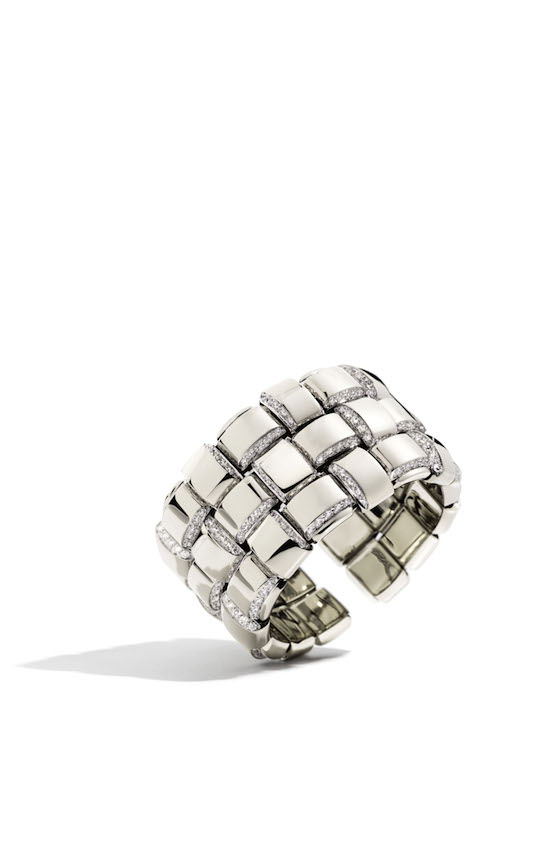
Courtesy of Vhernier.
CT: The reputation of Italian jewelry was founded in the cultural heritage of a wide range of Italians from many different regions. Italians have exhibited the highest level of gold craftsmanship throughout the centuries, as far back as the Renaissance, from simple designs to the outstanding innovation of architectural expression. Italians are always conveying artistry, and the culture naturally brings this into the 21st century of jewelry design.
WW: While studying law, you worked with Italian clients for Sotheby’s jewelry department. What were some of the most striking pieces you saw during your time working in jewelry auctions?
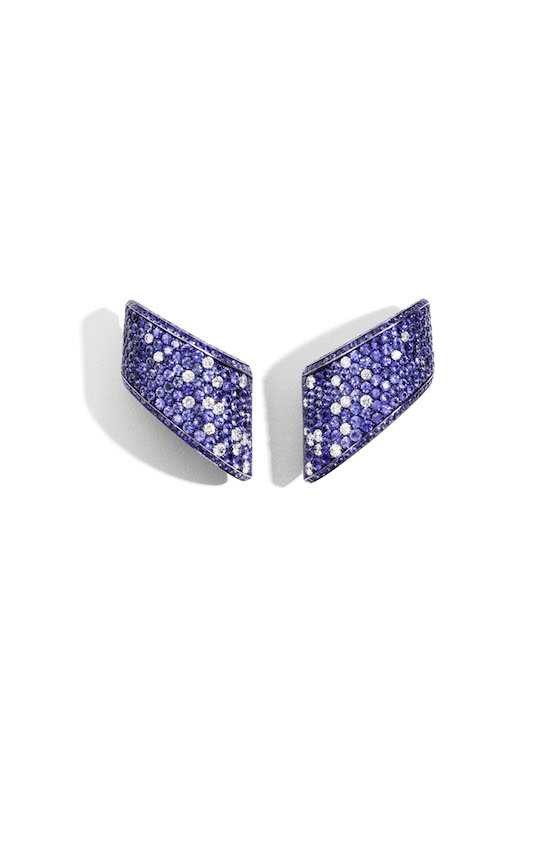
Courtesy of Vhernier.
CT: A Fabergé sedan chair, and a 15-carat pink diamond.
WW: While you worked within your family business for two decades you continued to design jewelry. How would you describe the kinds of jewelry pieces you were designing then?
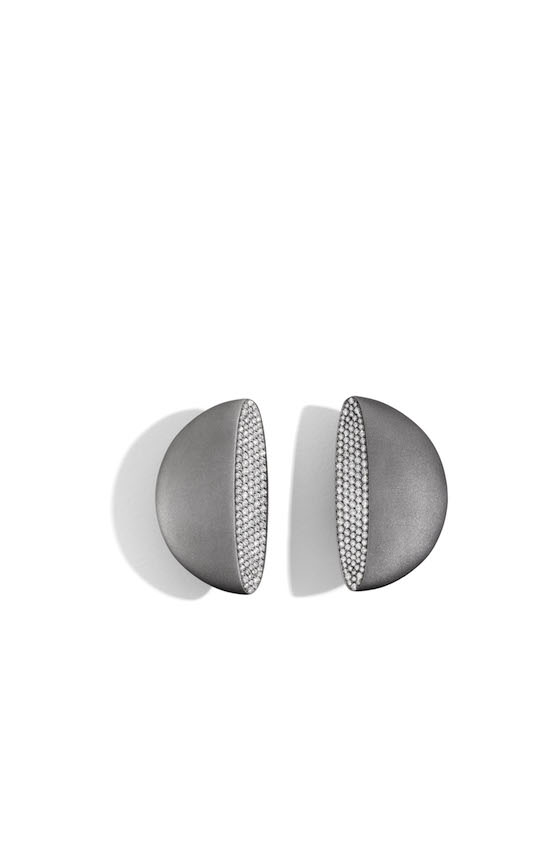
Courtesy of Vhernier.
CT: They were very contemporary and architectural pieces, all inspired by art.
WW: During that time you also began to collect modern and contemporary art. How did you interest in collecting begin?
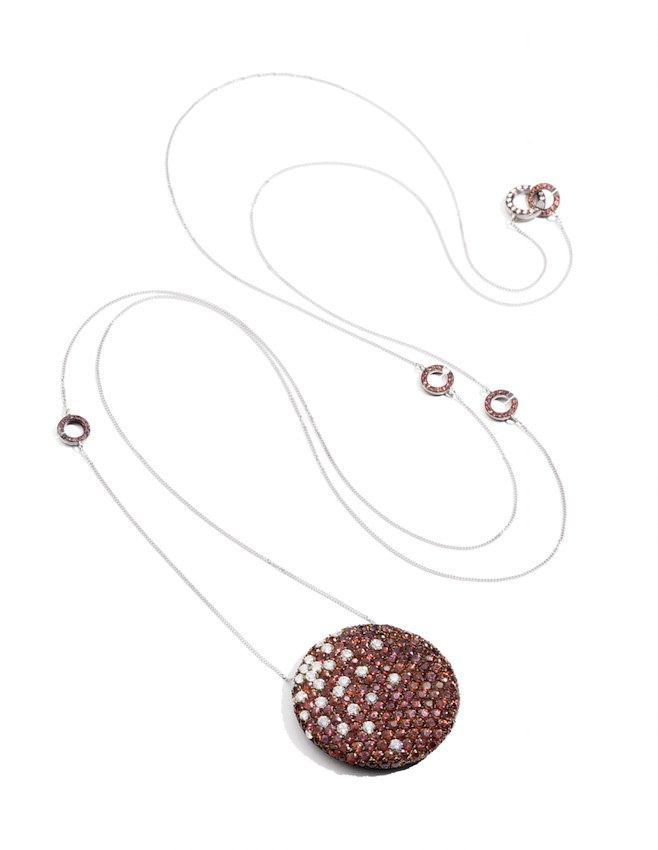
Courtesy of Vhernier.
CT: By visiting galleries and museums at the age of 14.
WW: Do you remember the first piece you acquired? Do you still have it?
CT: My first piece was an art piece of Renato Guttuso. The second was a David Hockney drawing called A Man Seated on a Chair.
WW: What kinds of work were you drawn to? Which artists?
CT: Lucio Fontana’s the “Cuts,” Richard Diebenkorn’s landscapes, and Jean Arp’s sculptures.
WW: Do you see your collection as revolving around certain themes or focuses? Do you think that’s important in a personal collection?
CT: No, totally multifaceted.
WW: How did your growing collection begin to influence the jewelry you were making?
CT: By training the eyes to certain shapes, volumes, and color of each collection.
WW: Do you prefer to engage in personal relationships with any of the artists you collect?
CT: Sometimes yes, sometimes not. It depends on if there is empathy.
WW: What artists’ work is really exciting you at the moment?
CT: Flavio Favelli, Sebastiano Mauri, Robb Pruitt, and Richard Prince.
WW: Do you find it important to collect Italian contemporary art?
CT: I believe it is fundamental.
WW: Is there a recent exhibition, gallery show, or studio visit with an artist that struck you in a significant way?
CT: The last exhibition of Lucian Freud and all of Bill Viola’s artwork.
WW: What artist’s work would you love to have? What’s on your wish list?
CT: A painting of Edward Hopper, a big heart of Jeff Koons, and the last painting of Frank Moore.
WW: Can you describe for us the environment in which you design for Vhernier? Are there any art pieces in your design space?
CT: At my house in Sardinia, where I am surrounded by nature and works of art. The other place is a lot in Milan, seated in front of an Ecce Homo, the sculpture of Mark Wallinger.
WW: What kinds of materials do you have an affinity for work with lately?
CT: Titanium.
WW: A recent collection was inspired by Lucio Fontana. Can you tell us about creating this collection?
CT: Fontana inspired me to create the Bridge bracelet with cuts inside that I wanted to fill with wonderful stones like diamonds, jade, and lapis.
WW: What has been your favorite piece thus far inspired by your collection?
CT: The Volta Celeste collection was inspired by Cappella Sistina, where I have recently visited.
WW: Would you ever collaborate with a contemporary artist on a piece of jewelry?
CT: There are no plans for collaboration in the near future.
WW: Last year, the third wing of the Artists for Peace and Justice school in Port-au-Prince, a project of director Paul Haggis, was completed thanks to you. How did you become involved in the organization?
CT: I met Paul Haggis on a trip to Haiti. We began speaking about all the problems within the education system. The foundation wanted to build a free secondary school so kids could continue their schooling and eventually get a job. I fully believe the future depends on the education of this country. If the kids are educated, then they will be able to change the country.
WW: Have you visited the school in Haiti? If so, can you tell us about that experience?
CT: It was a great experience. The first time I visited the school I made a speech in one of the classrooms. These kids were so thankful to be there. The biggest satisfaction for me was their happiness. They asked me how they could thank me. I told them the best way to thank me is for them to put all their hard work into studying so they can make a difference.
This article is published in Whitewall‘s spring 2016 Art Issue.






